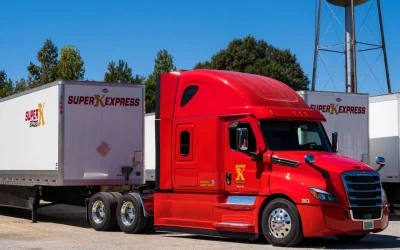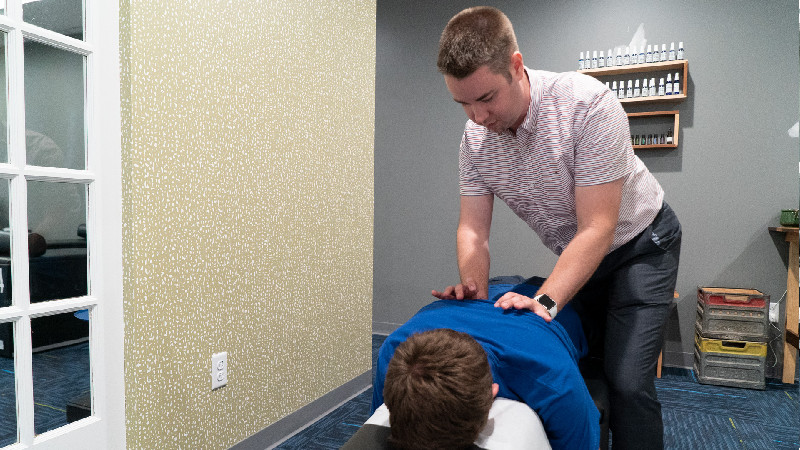Brazing is one of the oldest methods of connecting and permanently joining two different pieces of metal. When it comes to steel brazing, the brazing can between to identical alloys, such as steel to steel, or it can include two very different alloys, such as steel to copper.
The basic technique of steel brazing is very different than that of welding. Welding involves heating both sides of the joint to the point of melting, and then allowing the area to cool to form a unique join between the two. This requires two metals with the same melting point to ensure the weld will hold.
With steel brazing, much lower temperatures are used to melt a filler material to its melting point at the location of the joint of the two metal components. Through capillary action, the molten filler is then pulled into the joint, bonding with the metals on all sides and creating a strong joint.
With the correct technique in steel brazing, the joint can actually be stronger than either of the two metals of the component. In addition, as there is no need for either to melt, there are no structural or property changes to either metal during the process. This prevents the need to re-work the metal after the brazing process, helping to ensure that there is minimal processing time to produce high-quality joints that are built to stand up to the demands of the component.
The Joint Design
While all aspects of steel brazing are important for a solid braze, one of the most important considerations is the design and fabrication of the joint itself. Unlike welding where it is essential to have as little space as possible between the two components, with brazing there needs to be a minimum and maximum clearance between the components or sides of the joint.
This gap, or clearance, is necessary for steel brazing to develop the capillary action needed to draw the melted filler into the joint. Too much of a clearance and the joint will not be strong or complete, and too little clearance hinders the capillary action resulting in a weak or defective joint.
With commercial types of steel brazing that allows for larger volumes of joints to be completed at once, the design of the joint is essential. Working with a brazing company with years of experience in the industry will ensure that the joint is well designed and is developed to provide maximum tensile strength throughout the joint and to any required industry specifications.


